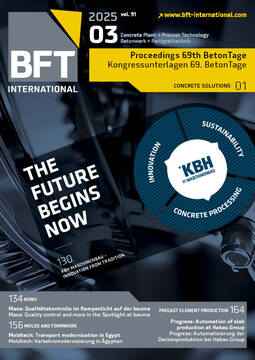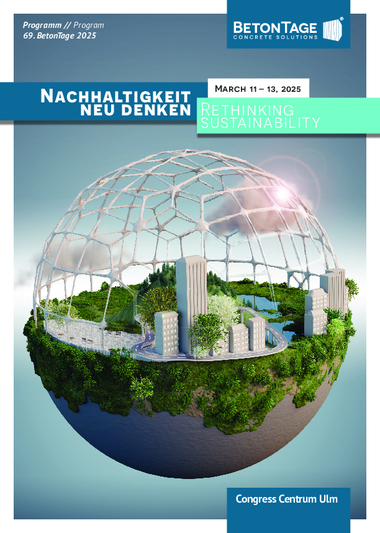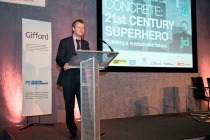Rethinking sustainability and the fib: BetonTage 2025
Over the last decade, many efforts have been made to promote sustainability in the construction industry worldwide. Construction has one of the most significant environmental impacts due to the consumption of resources in producing materials, energy use, and carbon emissions.
The construction ecosystem has sought more sustainable alternatives, especially in the last decade. These include introducing new materials, more productive construction systems, more assertive projects, and new tools introduced with digitalization.
Structural concrete engineering has been no different, particularly because concrete is the most consumed material in the world within this context.
We have undergone a period of transformation, during which new technologies have been studied, evaluated, and even introduced throughout the life cycle of new or existing structures. Sustainability is a topic that has been present at many engineering events, with an ongoing pursuit of carbon neutrality and reduction targets set for the year 2050.
Numerous initiatives have emerged from academia, research centers, the materials industry, the private sector, public authorities, sectoral entities, and technical-scientific organizations. Much information has been produced, from decarbonization roadmaps to sector-specific environmental product declarations, newsletters, and more. For this reason, I find the proposed topic very relevant for the 2025 BetonTage congress.
Rethinking is a fundamental and perhaps powerful aspect of achieving our sustainability goals. This process can involve questioning assumptions, considering new information or perspectives, reflecting, and being open to adjusting thoughts or integrating our actions.
This seems to be the right time to evaluate what has been done so far and put these actions into perspective to start building consensus toward a more holistic vision of sustainability, genuinely integrating its three pillars. Sometimes it might be easier, and perhaps more tangible, to focus on environmental issues. Still, we must not forget to consider the social and economic dimensions, without which having the best solutions developed will be meaningless.
From an fib perspective, many efforts have been made in parallel with the Model Code (2020) development to bring a holistic view of sustainability from conceptual aspects. I want to highlight the fib statement of Sustainability, the Special Activity Group on sustainability, and the recently published roadmap. Our main task is contributing to the concrete technical community by providing qualifying information to improve decision-making processes and the well-being of society.






